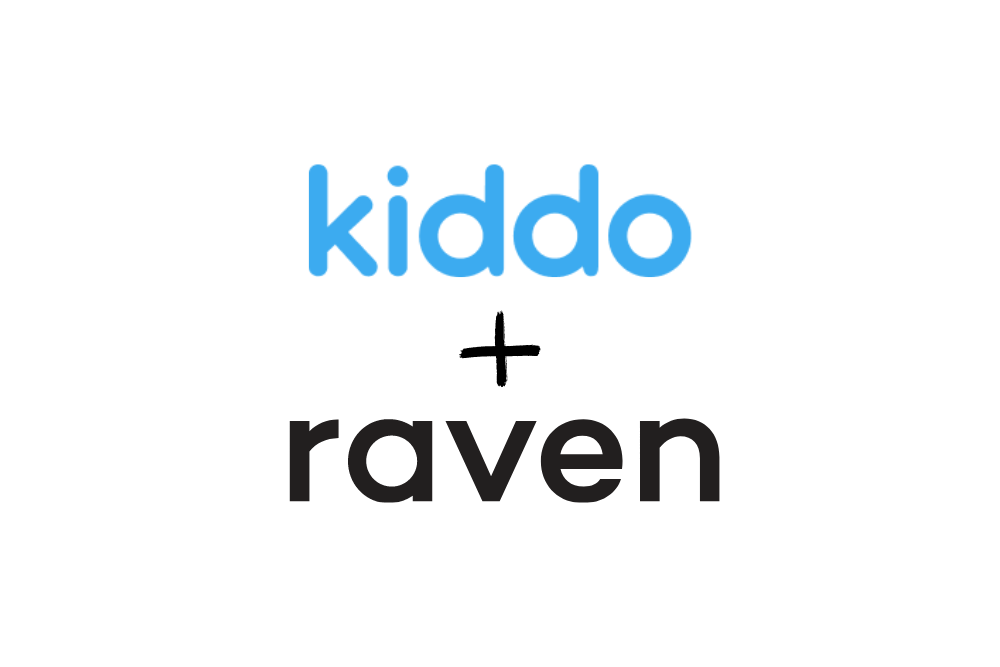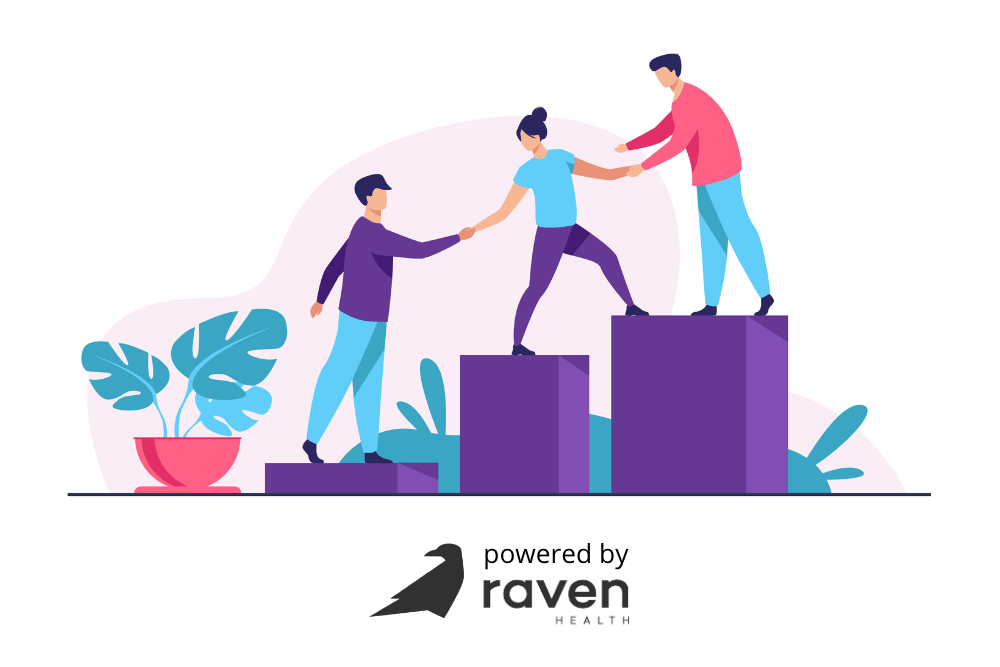
Data-driven decision-making is at the core of Applied Behavior Analysis (ABA). Technology advancements continue to shape how behavior analysts and other ABA professionals approach client care. Traditional pen-and-paper documentation is steadily giving way to innovative digital solutions. Using technology for data collection improves accuracy and efficiency and allows behavior analysts to more rapidly make data-driven decisions to improve client outcomes.
Importance of Data Collection for Children with Autism
The vast majority of ABA clinicians, over 70%, work within the autism population (BACB). Each child is unique and requires individualized, data-driven care. As such, ABA clinicians know the importance of accurate and efficient data collection for driving the best possible outcomes. Data enables behavior analysts to develop tailored interventions based on a client’s needs, track progress, analyze trends, and make data-informed modifications about their progress on an ongoing basis. Data is crucial for assessing the effectiveness of interventions and ensuring clients progress toward their long-term goals.
How to Improve Data Collection with Technology
While many options exist for collecting ABA data, technology-based methods have emerged during the current digital age. Utilizing technology for data collection comes with many advantages. By using a data collection software that is tailored to the unique needs of ABA professionals, organizations can improve client and staff outcomes, resulting in improved quality of life for clients and higher job satisfaction for staff.
ABA organizations can improve their data collection methods by adopting digital-based data solutions. Some of the benefits of transitioning to a technology-based data collection method include:
- Reduced chances of human error – Improved accuracy is one of the primary benefits of digital data. When using paper data, technicians may be unable to immediately enter data, resulting in data entry several minutes after the observation, reducing accuracy. Digital data collection allows staff to seamlessly enter data in real-time, which reduces the chances of staff forgetting the correct information and thus entering inaccurate data. Entering data only once, rather than transferring paper data to another system, also reduces the likelihood of human error.
- Increased efficiency – Digtal data platforms allow technicians to enter data immediately upon observation, saving time and allowing technicians to focus more of their attention directly on their clients rather than being bogged down with paperwork. Digital data also makes session note writing effortless, allowing technicians to end each session with a well-written, concise note.
- Streamlined data analysis – With real-time data submitted electronically, behavior analysts can readily analyze data, allowing them to make well-informed, data-driven treatment decisions. This all leads to more effective and individualized interventions.
- Enhanced security and privacy – Digital ABA data also enhances the security and privacy of client data when using a HIPAA-compliant platform. All client data and session notes are housed in one secure location rather than on numerous data sheets that can be lost or misplaced.
- Ease of use – In a fast-paced therapy session, carrying around a clunky clipboard or binder and scrambling through data sheets can be a challenge. Using a phone, tablet, or other compatible device, a technician can efficiently move about the session and seamlessly enter data as the session progresses without missing anything. Whether chasing clients around their homes or working out in the community, digital data makes this much more manageable.
- Increased compliance – Maintaining records in one secure location increases compliance with laws, funding requirements, and regulatory bodies.
Why Are Some ABA Professionals Still Using Paper?
Despite the countless benefits of technology-driven data collection, some ABA clinicians still cling to paper-based and other disintegrated methods. This reluctance to transition to digital data collection often stems from a pre-existing comfort with using one’s current system. While paper data collection is less efficient and comes with other challenges, such as increased proneness to error and risk of non-compliance, change can be difficult to accept. Some behavior analysts may continue to use paper data because they feel it has worked well enough for them thus far. Likely, many are simply unaware of the available ABA data collection solutions and their benefits.
Other reasons ABA professionals may avoid adapting to digital data collection may be concerns regarding technology complexity, a lack of time to learn new methods, and the costs associated with digital platforms.
At Raven Health, we recognize the concerns many ABA clinicians have with transitioning to digital data collection. As such, we are committed to making the switch as seamless as possible.
Raven Health’s Mission to Equip the ABA Industry
Raven Health enables behavior analysts to harness the power of data collection effectively. With innovative software tailored for ABA, clinicians can improve client outcomes while improving staff satisfaction.
Schedule a demo today to see our platform in action and learn more about how we’re improving care through technology.
ReferencesCooper, J. O., Heron, T. E., & Heward, W. L. (2019). Applied Behavior Analysis (3rd Edition). Hoboken, NJ: Pearson Education.








